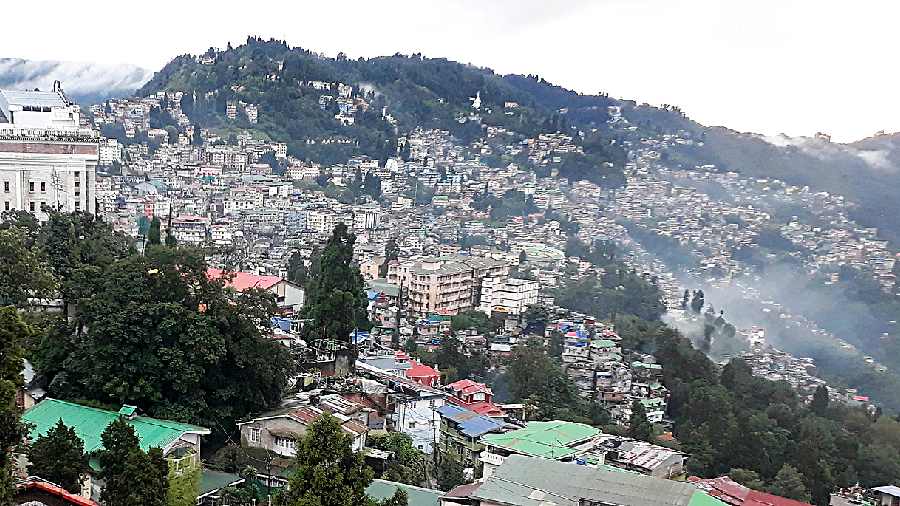Both Darjeeling and Kalimpong districts in West Bengal, India, face water scarcity issues due to various factors. Here are some key factors contributing to water scarcity in these districts:
- Topography and Limited Water Sources: The hilly terrain and rugged topography of Darjeeling and Kalimpong districts make it challenging to develop and access water sources easily. The availability of surface water bodies, such as rivers and lakes, is limited, and the districts heavily rely on springs, small streams, and rainfall for their water supply.
- Seasonal Variation in Rainfall: The districts experience a significant variation in rainfall patterns, with the monsoon season (June to September) being the primary period for rainfall. Seasonal variations in precipitation can lead to water scarcity during dry spells, particularly in the non-monsoon months. Inadequate storage infrastructure and limited rainwater harvesting measures exacerbate the problem.
- Population Growth and Urbanization: The population in Darjeeling and Kalimpong districts has been growing steadily, accompanied by increasing urbanization. The rising population, along with tourism and commercial activities, puts increased pressure on the available water resources. The demand for water from households, hotels, industries, and agriculture has been steadily increasing, leading to water scarcity in many areas.
- Inefficient Water Management: Inadequate water management practices and infrastructure contribute to water scarcity in the districts. The existing water supply infrastructure may be inadequate to meet the growing demands. Some areas lack proper water supply systems, resulting in a reliance on alternative sources or limited access to safe and reliable water supply.
- Climate Change: The impacts of climate change, including changes in rainfall patterns and increased frequency of extreme weather events, can worsen water scarcity in Darjeeling and Kalimpong districts. Changing climatic conditions can affect the timing, intensity, and distribution of rainfall, leading to irregular water availability and further straining water resources.
Addressing water scarcity in Darjeeling and Kalimpong districts requires a comprehensive and integrated approach, including:
- Water Resource Management: Implementing sustainable water resource management practices, such as rainwater harvesting, groundwater recharge, and watershed management, can help enhance water availability and mitigate water scarcity.
- Infrastructure Development: Investing in the development of water supply infrastructure, including piped water systems, storage reservoirs, and efficient distribution networks, is crucial to meet the growing water demand in the districts.
- Conservation and Efficient Water Use: Promoting water conservation practices among the local population, industries, and tourism sector can help reduce water wastage and ensure efficient use of available resources. Educating and raising awareness about water conservation can play a significant role in addressing water scarcity.
- Climate Change Adaptation: Developing and implementing climate change adaptation strategies, such as water-sensitive urban design, climate-resilient water supply systems, and disaster management plans, can help mitigate the impacts of climate change on water resources.
- Community Participation and Stakeholder Engagement: Engaging local communities, community-based organizations, and stakeholders in water management and decision-making processes can help ensure sustainable and equitable water resource management practices.
It is crucial for the local government, relevant authorities, and community organizations to work together to address water scarcity in Darjeeling and Kalimpong districts, considering the unique geographical and climatic conditions of the region.
